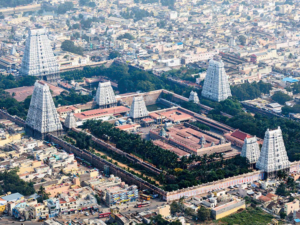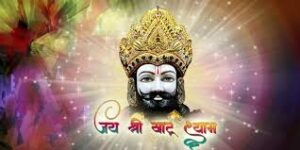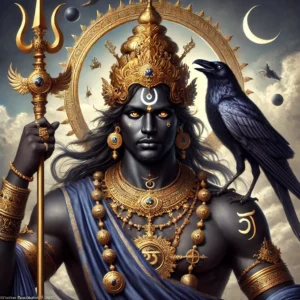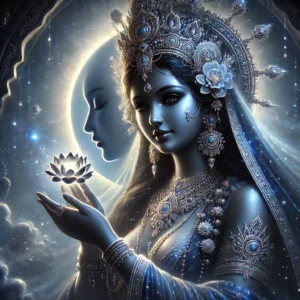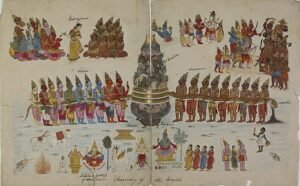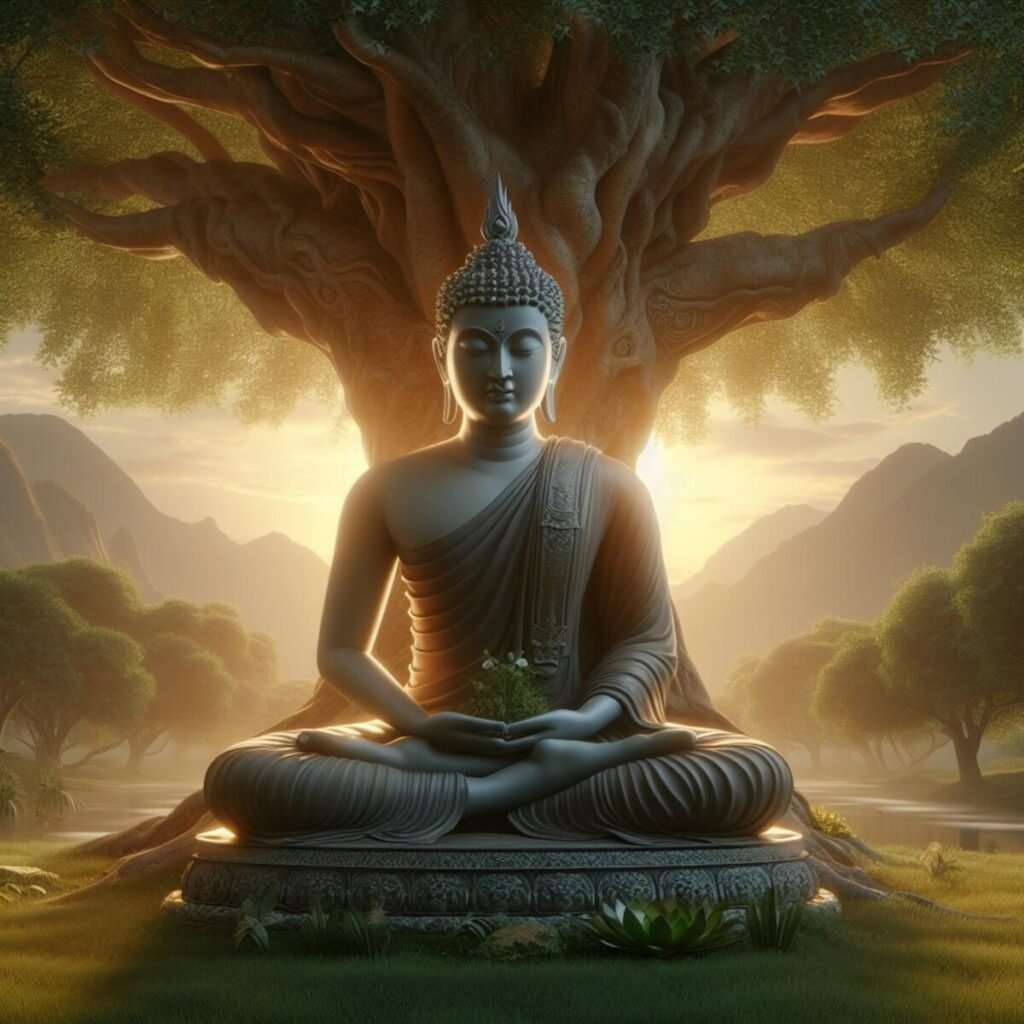
Buddha Poornima, also known as Buddha Purnima (Vaiśākha pūrṇimā वैशाख पूर्णिमा ), is a significant festival for Buddhists worldwide. This auspicious day commemorates the birth, enlightenment, and nirvana of Siddhartha Gautama who became known as Buddha. Celebrated on the full moon day of the Vaisakha month (April-May) in the Hindu calendar, Budh Poornima holds profound spiritual and cultural importance.
The full moon of the month of Vaishakh is known as Vaishakhi Purnima, Peepal Purnima, Vesak, Buddha Jayanti, Buddha Purnima, and Buddha Day. According to the scriptures, Vaishakh Purnima is considered the most important of all. Each month’s full moon is dedicated to Lord Vishnu, the sustainer of the world. Lord Buddha is regarded as the ninth incarnation of Lord Vishnu.
Historical Significance
Siddhartha Gautama was born around 563 BCE in Lumbini, in present-day Nepal, to King Suddhodana and Queen Maya. His birth was surrounded by miraculous events, and as a young prince, Siddhartha lived a life of luxury. However, upon encountering the realities of old age, sickness, and death, he renounced his royal life in search of a solution to human suffering.
After years of ascetic practice, Siddhartha attained enlightenment under the Bodhi tree in Bodh Gaya, India, becoming the Buddha or “The Enlightened One.” He spent the rest of his life teaching the Dharma (the path to enlightenment) and established the Sangha (community of monks). Buddha’s teachings have since spread across the world, forming the foundation of Buddhism.
Siddhartha Gautama, who became known as the Buddha, attained enlightenment under the Bodhi tree in Bodh Gaya, a holy pilgrimage site in Bihar. This significant event happened on the auspicious day of Budh Poornima, during the holy month of Vaishakh. Thousands of devotees take this opportunity to earn virtue by bathing in holy rivers and making donations at sacred sites. Bathing in holy rivers on this full moon day holds special significance.
Celebratory Practices
Buddha Poornima is observed with various traditions and rituals that reflect the principles of Buddhism: compassion, non-violence, and mindfulness. Key practices include:
Meditation and Chanting:
Devotees gather at monasteries and temples to participate in meditation sessions and chant Buddhist scriptures. This practice is believed to bring peace and clarity, reflecting the Buddha’s teachings.
Bodhi Tree Reverence:
The Bodhi tree, under which Buddha attained enlightenment, is a central symbol of Budh Poornima. Pilgrims often visit Bodh Gaya or local Bodhi trees, decorating them with garlands and lighting lamps.
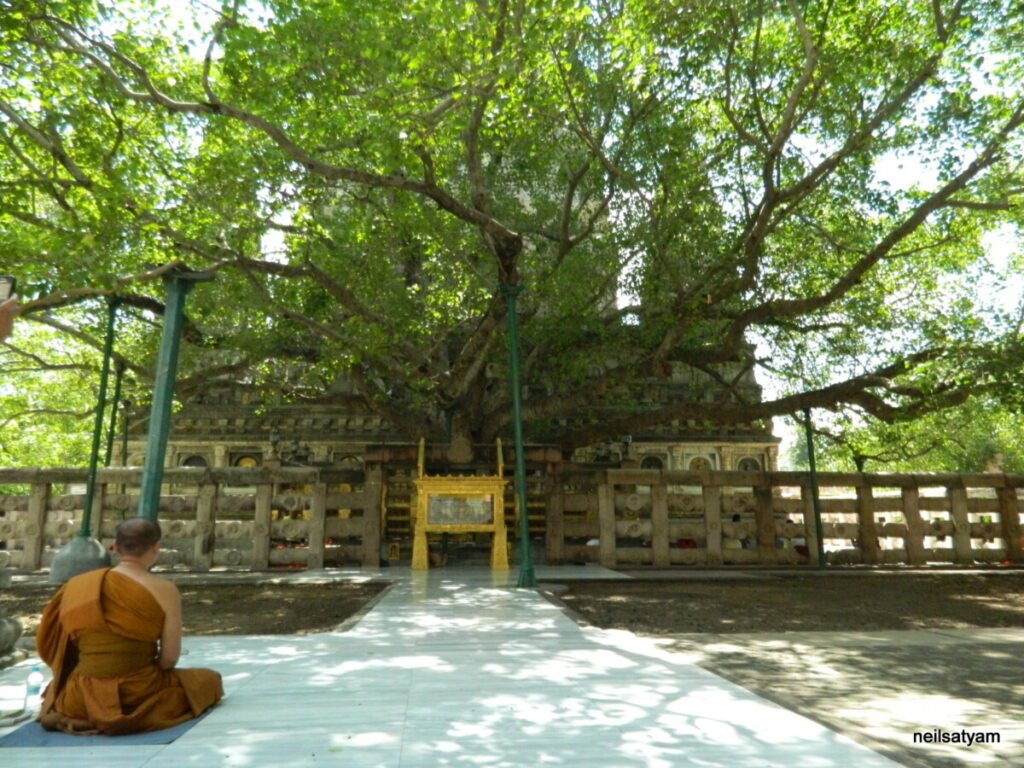
Offering Alms:
On Buddha Poornima, giving alms to monks and the needy is a significant practice. This act of generosity is seen as a way to cultivate compassion and detach from material possessions.
Ceremonial Bathing:
Statues of the Buddha are bathed in scented water, a ritual symbolizing the cleansing of one’s soul. This is often followed by the decoration of the statues with flowers and incense.
Dharma Talks:
Monks and spiritual leaders give sermons on Buddha’s teachings, emphasizing the Four Noble Truths and the Eightfold Path, guiding followers on their spiritual journey.
Cultural Impact:
Buddha Poornima is not just a religious event but also a cultural festival that brings communities together. In countries like India, Nepal, Sri Lanka, Thailand, and Myanmar, it is a public holiday marked by grand processions, colourful decorations, and community feasts. In addition to its spiritual dimensions, Budh Poornima promotes cultural heritage, fostering a sense of unity and peace.
Global Observance:
The United Nations recognizes Vesak as an international day, acknowledging its significance to millions worldwide. This acknowledgement highlights Buddhism’s global impact and its teachings of peace and harmony, which resonate across different cultures and societies.
Contemporary Relevance:
In today’s fast-paced world, the teachings of Buddha offer timeless wisdom. The principles of mindfulness, compassion, and non-attachment are increasingly relevant as people seek balance and inner peace amidst modern challenges. Budh Poornima serves as a reminder of these values, encouraging individuals to reflect on their lives and strive for a harmonious existence.
Budh Poornima is a profound celebration of the life and teachings of Buddha. It is a day of spiritual reflection, cultural festivity, and communal harmony. As millions come together to honor the Enlightened One, Budh Poornima continues to inspire and guide, offering a beacon of hope and wisdom in an ever-changing world.

